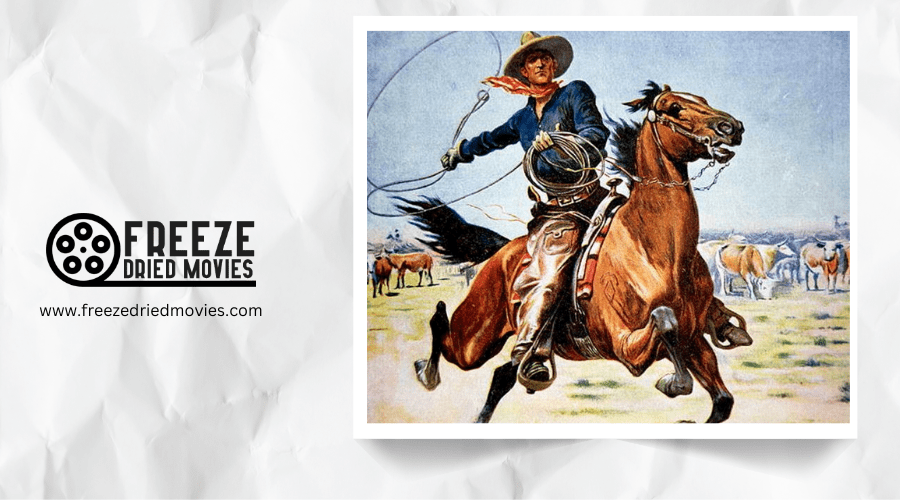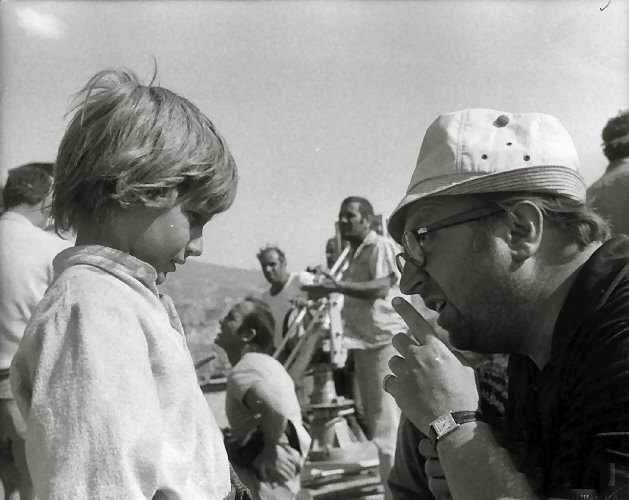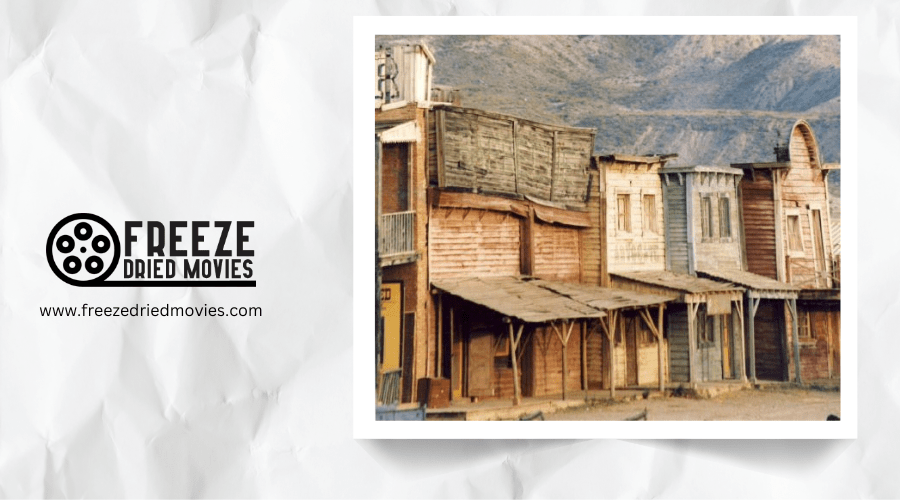Exploring the Unique Cinematic Signatures of Spaghetti Western Masters

When you watch a Spaghetti Western, you're not just seeing a film—you're experiencing a visual revolution. These Italian-made frontier tales broke Hollywood's rules with their distinctive style and unapologetic grit. From Leone's dramatic character entrances to Morricone's haunting whistles, these directors crafted a cinematic language all their own. The genius lies in what they don't show you, and what they don't say. Ready to discover how these masters turned silence into suspense and close-ups into confessions?
The Art of Character Entrances: Leone's Dramatic Character Reveals
When you watch a Sergio Leone western, you'll immediately notice how his character entrances shatter conventional storytelling. These unexpected arrivals disrupt scenes, creating unpredictability that heightens dramatic tension throughout his Spaghetti Western classics.
Leone's genius lies in his extreme close-ups during these moments—capturing every nuance of facial expressions and revealing characters' hidden motivations. You're drawn into their morally ambiguous world as these intimate shots contrast sharply with sweeping landscapes, emphasizing the characters' isolation. While Leone crafted complex anti-heroes in dusty landscapes, John Ford's partnership with Wayne helped define the traditional American Western hero through more straightforward character entrances.

Visual Storytelling Through Close-Ups and Long Shots
While Hollywood Westerns traditionally showcased the expansive frontier through panoramic vistas, Spaghetti Western directors revolutionized the genre's visual language through their masterful interplay of extreme close-ups and sweeping long shots.
You'll notice in films like "Fistful of Dollars" how Sergio Leone captures the nuanced expressions of morally ambiguous characters, drawing you into their psychological world. This technique creates palpable tension, contrasting with the grand, sweeping shots of "Once Upon a Time in the West" that emphasize the harsh frontier backdrop.
Leone's visual storytelling depends on this juxtaposition—claustrophobic close-ups of squinting eyes and twitching lips against expansive wide shots of dusty landscapes. This distinctive approach subverts classical Western conventions, creating a unique cinematic signature where the visual language communicates as much as dialogue. Similar to how Mario Bava's films pioneered the slasher genre with visually stunning sequences that prioritized atmosphere over exposition.
Creating Tension: The Masterful Use of Suspense and Surprise
The visual language of Spaghetti Westerns extends beyond camera techniques into the domain of narrative tension. Directors like Sergio Leone and Sergio Corbucci crafted memorable moments where you're left gripping your seat in anticipation.
The Dollars Trilogy perfected this art by juxtaposing lengthy silences with Ennio Morricone's haunting scores, creating an almost unbearable tension before explosive violence.
- Extended sequences where the Man with No Name stares down opponents, using minimal dialogue and maximizing atmospheric suspense
- Damiano Damiani's jarring scene shifts that deliberately disorient you, making even familiar settings feel threatening
- Unexpected betrayals and allegiance shifts that subvert your expectations, often accompanied by Morricone's sudden musical cues
These techniques transform straightforward confrontations into psychological chess matches where tension builds to breaking point. This approach to tension echoes the revolutionary Method acting techniques that Marlon Brando mastered to bring emotional depth and authenticity to his rebel characters in the 1950s.
The Morricone Effect: Musical Signatures in Spaghetti Westerns
Beyond the visual storytelling that defined Spaghetti Westerns, Ennio Morricone's revolutionary compositions transformed how you experience these films, creating an auditory landscape as distinctive as the dusty vistas on screen.
When you hear the haunting whistle from "The Good, the Bad and the Ugly," you're witnessing genius at work. Morricone's unconventional instrumentation—electric guitars, harmonicas, and jew's harps—evoked the rugged American West while his strategic use of silence built unbearable tension. His recognizable leitmotifs weren't just background music; they became characters themselves.
Through collaborations with directors Sergio Leone, Sergio Corbucci, and Giulio Petroni, Morricone crafted musical scores that transcended mere accompaniment. His compositions didn't just enhance these films—they fundamentally defined them, elevating Spaghetti Westerns from genre cinema to enduring art.
Economy in Dialogue: When Silence Speaks Volumes
Unlike the verbose dialogue of Hollywood Westerns, Spaghetti Western directors crafted a cinematic language where what remained unsaid carried as much weight as what was spoken. Sergio Leone elevated this approach to an art form, using minimal conversation to build unbearable tension between characters.
You'll notice how these films engage you differently than traditional westerns:
- The western hero often communicates through glances and gestures rather than speeches
- Visual storytelling dominates, with extreme close-ups revealing character motivations without words
- Brief, impactful lines like "When you have to shoot, shoot. Don't talk" in The Good, the Bad and the Ugly deliver maximum impact
This cinematic approach harkens back to silent film techniques, forcing you to actively interpret what's happening rather than passively receiving exposition.



